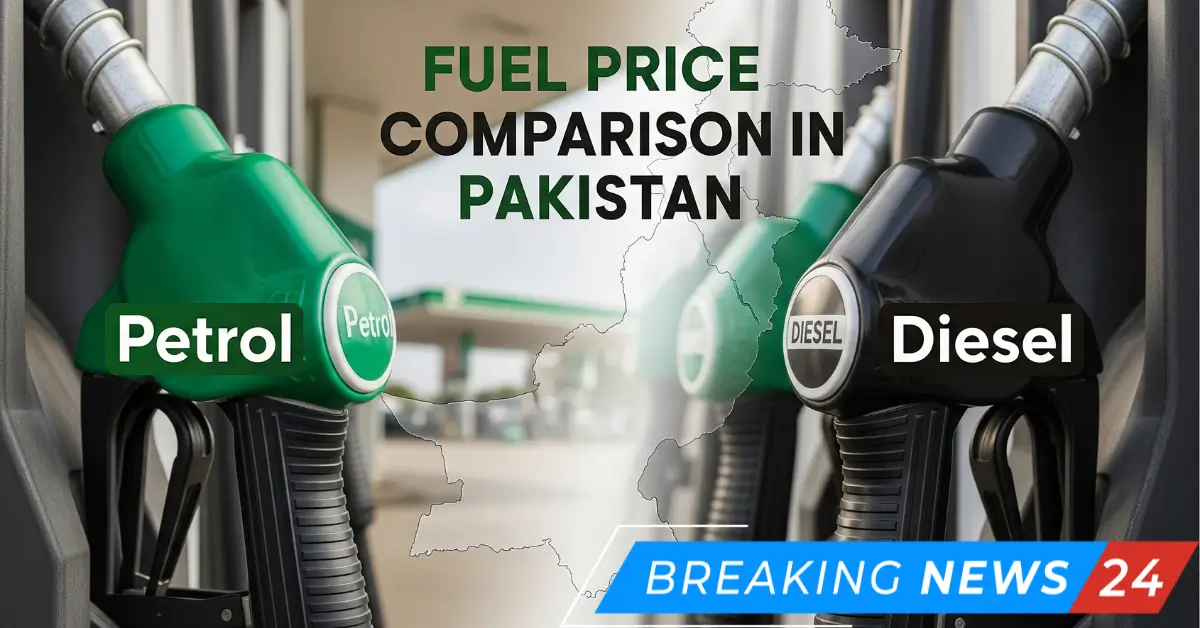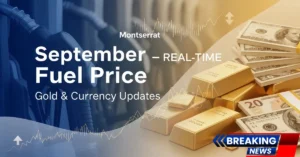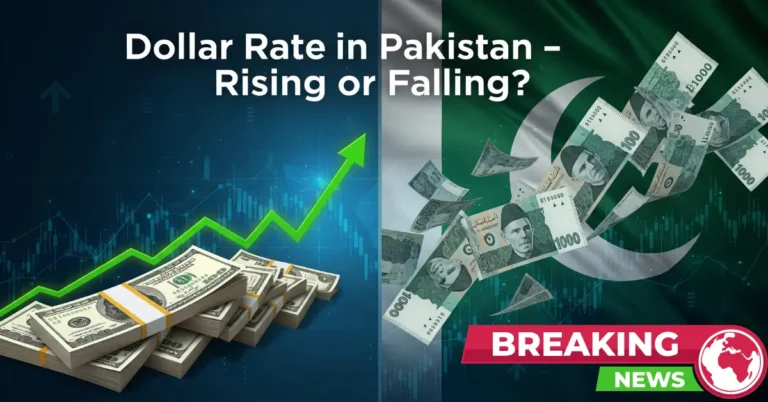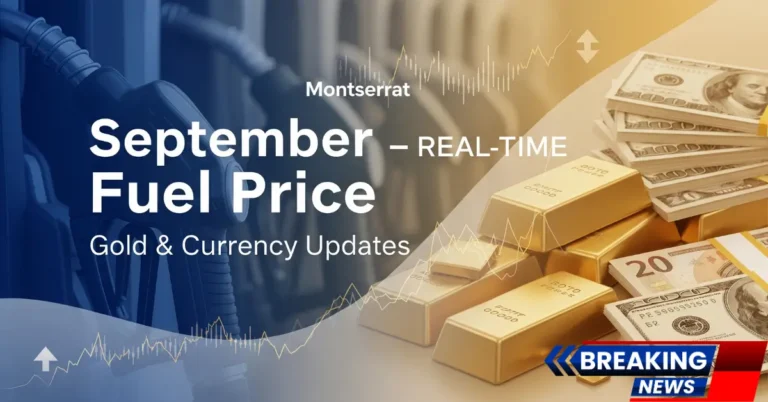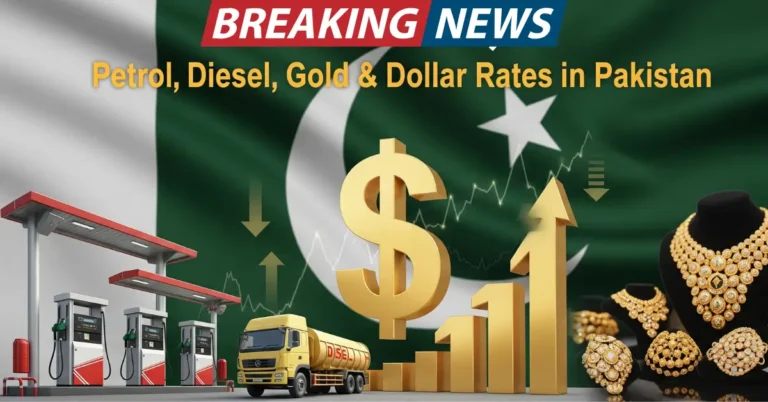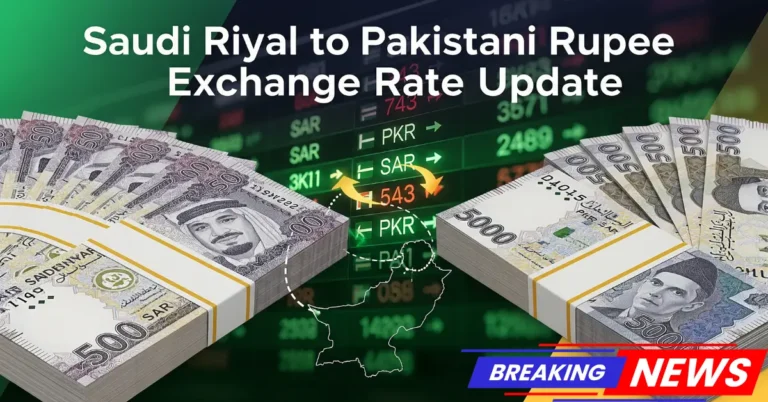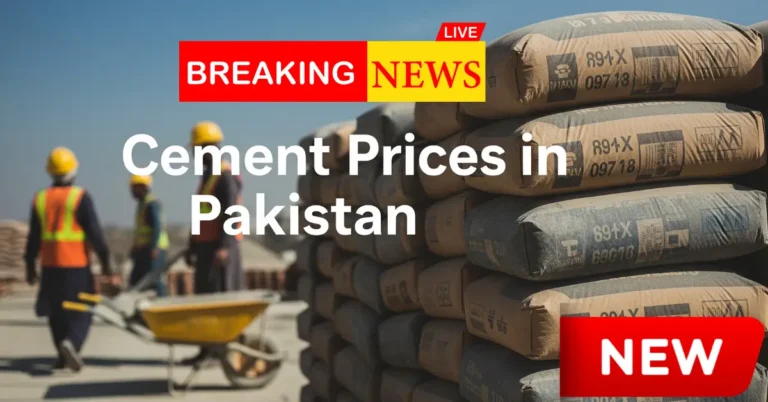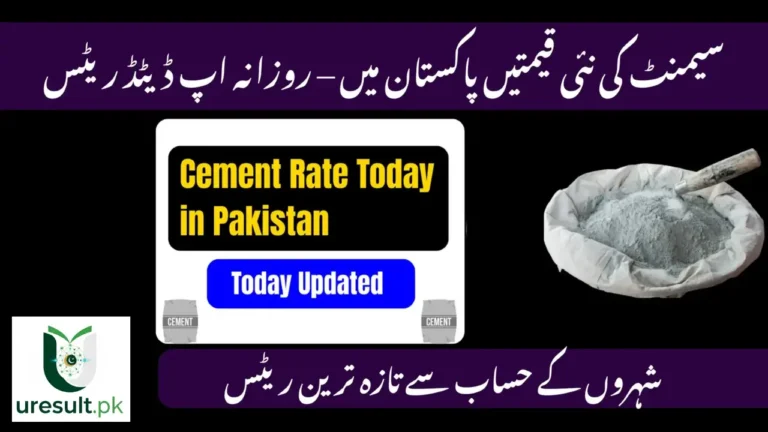In Pakistan, where energy costs affect nearly every aspect of daily life, keeping track of fuel prices is more than a habit—it’s a financial strategy. Whether you’re a car owner, a business operator, or someone relying on public transport, a clear fuel price comparison between petrol and diesel can help you make smarter, cost-effective decisions.
Petrol and diesel serve different roles in the economy, but their prices are closely watched and regularly updated. Understanding the price gap, usage trends, and economic impact of each fuel type offers more than just insight—it can guide better choices for commuting, business logistics, or even vehicle purchases.
 Also read
Also read
Petrol Price Trends in Pakistan
Petrol always remains the most widely used fuel in Pakistan, especially for private vehicles. It is subject to government-regulated pricing that changes twice a month. These changes are based on global oil market trends, domestic taxation, and exchange rate fluctuations.
In recent months, petrol prices have hovered around the mid-250 PKR range. While occasional price drops are announced, broader trends usually reflect global supply chain dynamics. As part of any thorough fuel price comparison, petrol is often the baseline due to its widespread use.
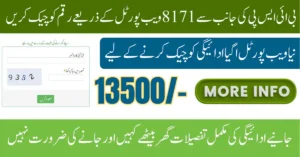 Also read
Also read
Diesel Price Movements in Pakistan
Diesel, mainly consumed by the transport, agricultural, and industrial sectors, typically costs more than petrol. This is due to its higher energy density, more intensive refining process, and the fact that diesel engines are used in heavy-duty operations.
Over the past few years, diesel has maintained a slightly higher price than petrol. This price difference is crucial in price comparison analysis, as it affects goods transport costs, public bus fares, and even the prices of everyday commodities.
 Also read
Also read
Fuel Price Comparison Table
| Fuel Type | Current Price (PKR per Liter) |
|---|---|
| Petrol | 255.00 |
| Diesel | 260.00 |
| Kerosene | 170.00 |
| Light Diesel Oil | 155.00 |
Estimates based on current trends; prices change bi-weekly.
Key Factors Behind the Price Gap
When conducting a price comparison, it’s essential to understand what drives the price gap. Petrol and diesel prices are not set arbitrarily. They’re influenced by:
- International crude oil benchmarks
- Exchange rate of the Pakistani Rupee
- Government levies, including petroleum development levies and sales tax
- Transportation and inland freight costs
- Seasonal demand from agriculture and industry
Diesel often carries additional distribution costs and environmental levies, while petrol prices respond more quickly to global oil trends.
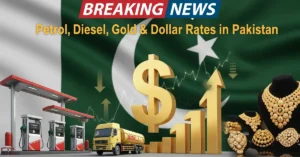 Also read
Also read
How Fuel Prices Affect Consumers
For individual consumers, rising petrol prices mean increased travel costs. Families with multiple vehicles feel the pinch more deeply. On the other hand, for commercial users—especially those in transportation or agriculture—the cost of diesel has a broader ripple effect. From farm produce to factory goods, higher diesel rates drive up costs across the board.
A strategic fuel price comparison helps both consumers and businesses prepare for upcoming rate changes, optimize operations, or even reconsider energy alternatives.
Efficiency vs. Expense
| Metric | Petrol | Diesel |
|---|---|---|
| Cost per Liter | Lower | Higher |
| Fuel Efficiency | Moderate | High |
| Engine Maintenance | Lower | Higher |
| Long-Term Value | City driving | Long-distance |
From an efficiency standpoint, diesel engines typically offer more mileage per liter, especially on highways. And the maintenance costs and vehicle prices are higher. Petrol engines are ideal for short trips and city driving. A reliable price comparison should always factor in efficiency—not just price per liter.
 Also read
Also read
Key Prices
| Fuel Type | Price (PKR/Liter) | Use Case |
|---|---|---|
| Petrol | 255.00 | Private vehicles |
| Diesel | 260.00 | Transport, industry |
Conclusion
In today’s economic climate, understanding the real cost behind every liter of fuel is more important than ever. A smart fuel price comparison isn’t just about checking today’s rates—it’s about making informed decisions that can save money in the long run. Whether you’re filling up your car or running a fleet of trucks, knowing the difference between petrol and diesel pricing, usage, and efficiency empowers better financial and operational planning.
As fuel prices continue to fluctuate, staying informed and comparing wisely can help you stay ahead—on the road and in your budget.
